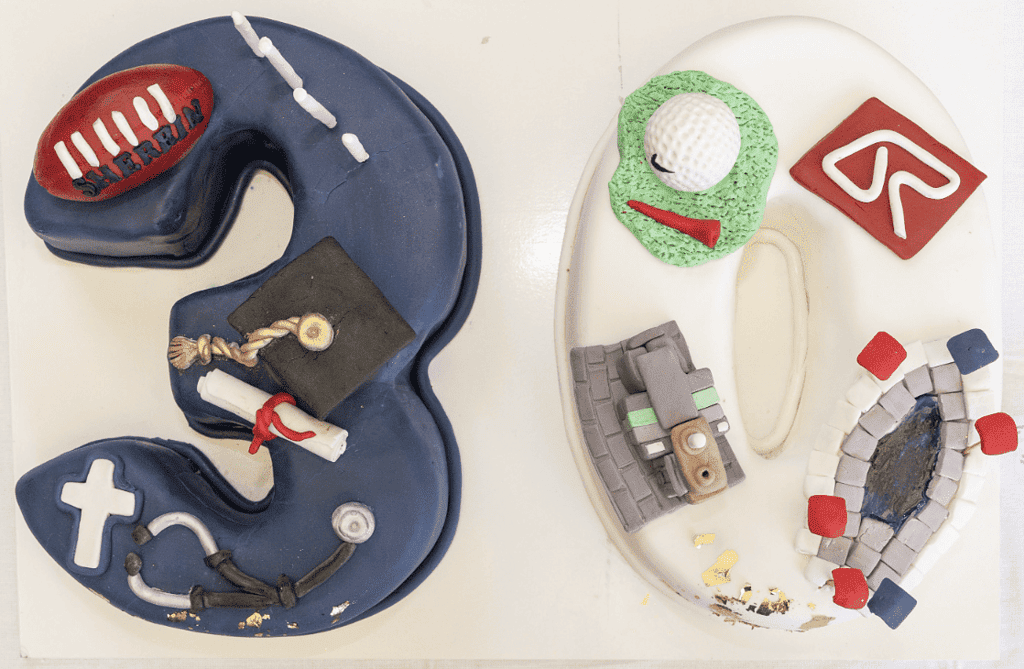
In August 1992, the nearly 3,000 hectares of topographically awkward bushland at the outskirts of Brisbane, west of Greenbank, was almost unknown. It was the sprawling estate of not much more than an abandoned tree-farming operation.
It is incredible to think that, just three decades later, it is now home to the world’s 10th biggest master planned city and more than 50,000 Queenslanders.
Springfield City Group Chairman Maha Sinnathamby and Deputy Chairman Bob Sharpless purchased and took ownership of the property at the time with a lofty dream of converting it into a hub of education, health, and innovation.
But earlier this week, on Tuesday, August 23 – when the developer pair officially celebrated their city’s 30th anniversary, along with crowds of dignitaries, partners, friends, and family – they said the dream continues.
“We’re celebrating 30 years, but our commitment to this project has always been well into the future – there is a long way to go,” Mr Sinnathamby and Mr Sharpless said.
ORIGINS
In Perth in 1984, the two businessmen had a meeting of the minds, and, despite their very dissimilar origins – one a Malaysian-born son of a prisoner of war under Japanese occupation, the other a Perth-born and -raised football fanatic – both shared a fascination with property development.
They moved to Queensland the following year with their young families and pursued smaller scale property acquisition and development. When the commercial property market declined in the late 1980s and early 1990s, they began planning their now infamous Springfield purchase.
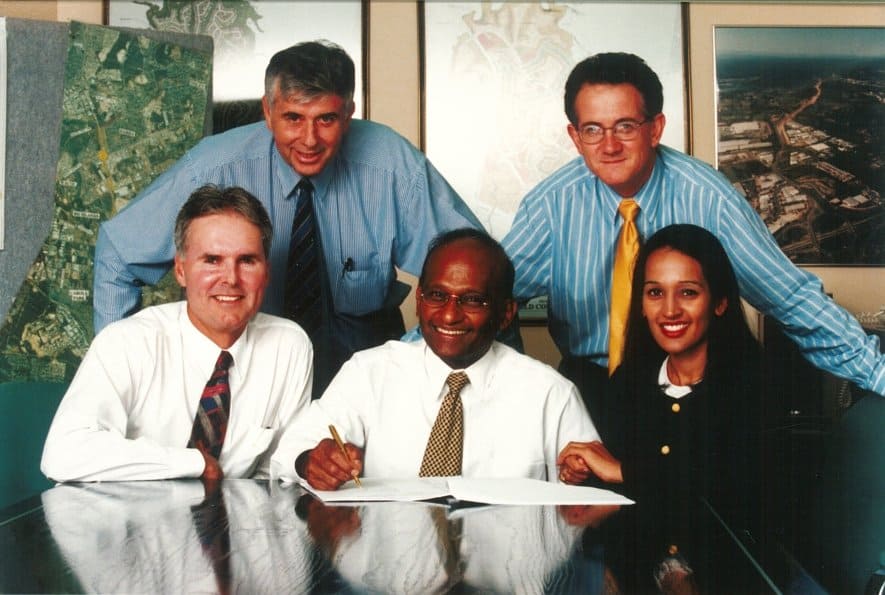
That decision was momentous. The expansive Springfield property will in coming decades reach the size of Darwin.
“We will continue to grow as we head towards a population of 145,000,” they said.
“For now, we are grateful for those 53,000 people who have shared our vision and made Springfield their home. And we thank those who have partnered with us in the homes, businesses, shopping centres, roads, rail, schools, university, stadium, and hospital that now surround us.”
DEVELOPMENTS
Greater Springfield is situated around a half hour’s drive south-west from Brisbane, on the doorstep of Ipswich, and was recognised as the fastest-growing location in Queensland over the last decade, according to the Australian Bureau of Statistics.
According to Springfield City Group, combined public and private investment in the city is more than $20 billion, and is growing by around $1 billion every year.
“When we started planning for Springfield City, we had to look overseas because Australia had not had a master-planned city since Canberra’s construction began in 1913,” they said.
“We looked at 15 master-planned communities across the world – 13 in the United States and two in the United Kingdom – but we soon came to understand that, in the other nations we scoured, there was nothing like our plans for Springfield, on so much land, so close to an established CBD.”
“The world has learned a lot from Silicon Valley. We said: ‘That’s 85 years old. Let’s design the latest version,’” Mr Sinnathamby explained.
But he and Mr Sharpless together affirmed that Springfield City Group would not divert from its focus on its Knowledge Precinct – education, health, and innovation – which has underpinned the city’s growth.
“We decided that enhancing human and social capital had to be our goal. To do that, we have a city focused on education, health, and innovation. These form our Knowledge Precinct.”
Continued below
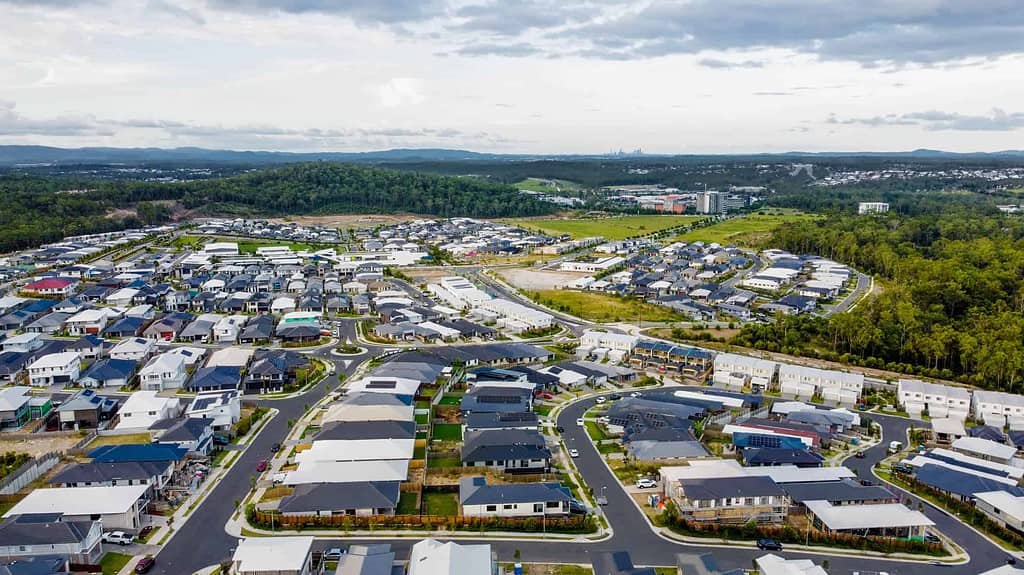
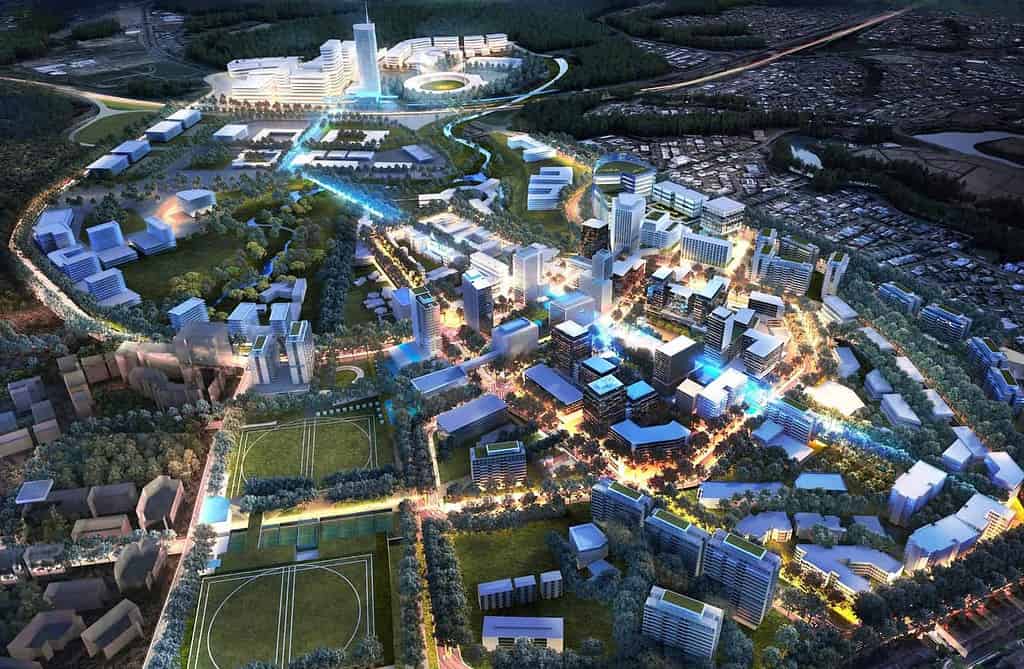
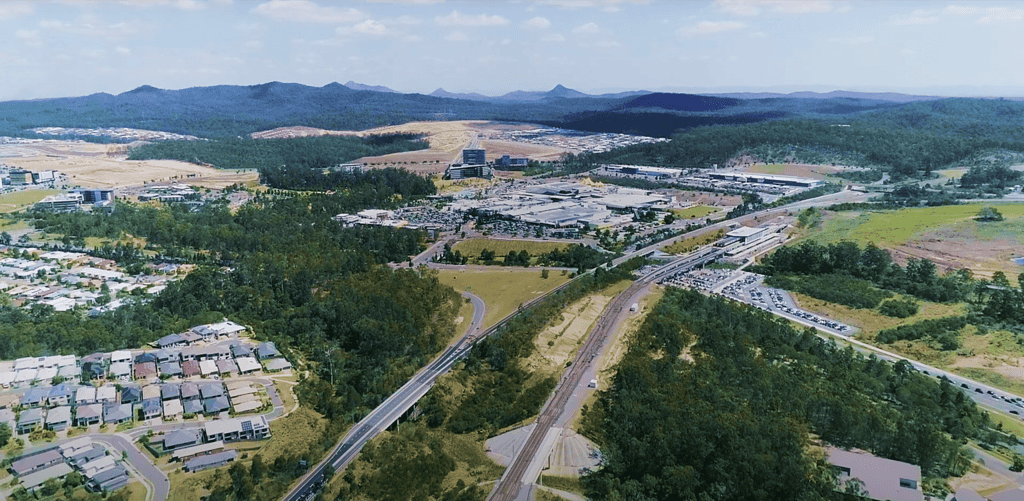
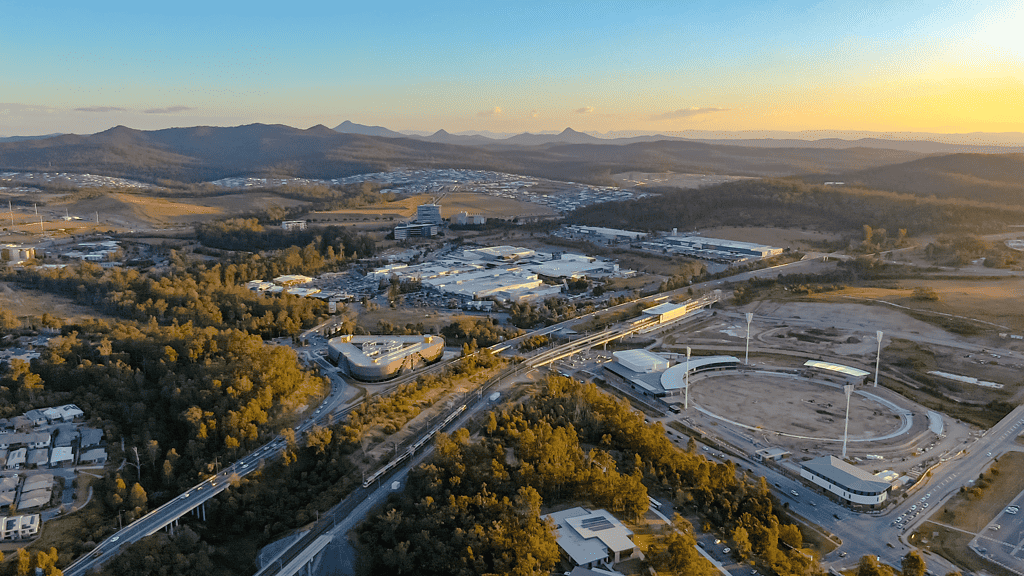
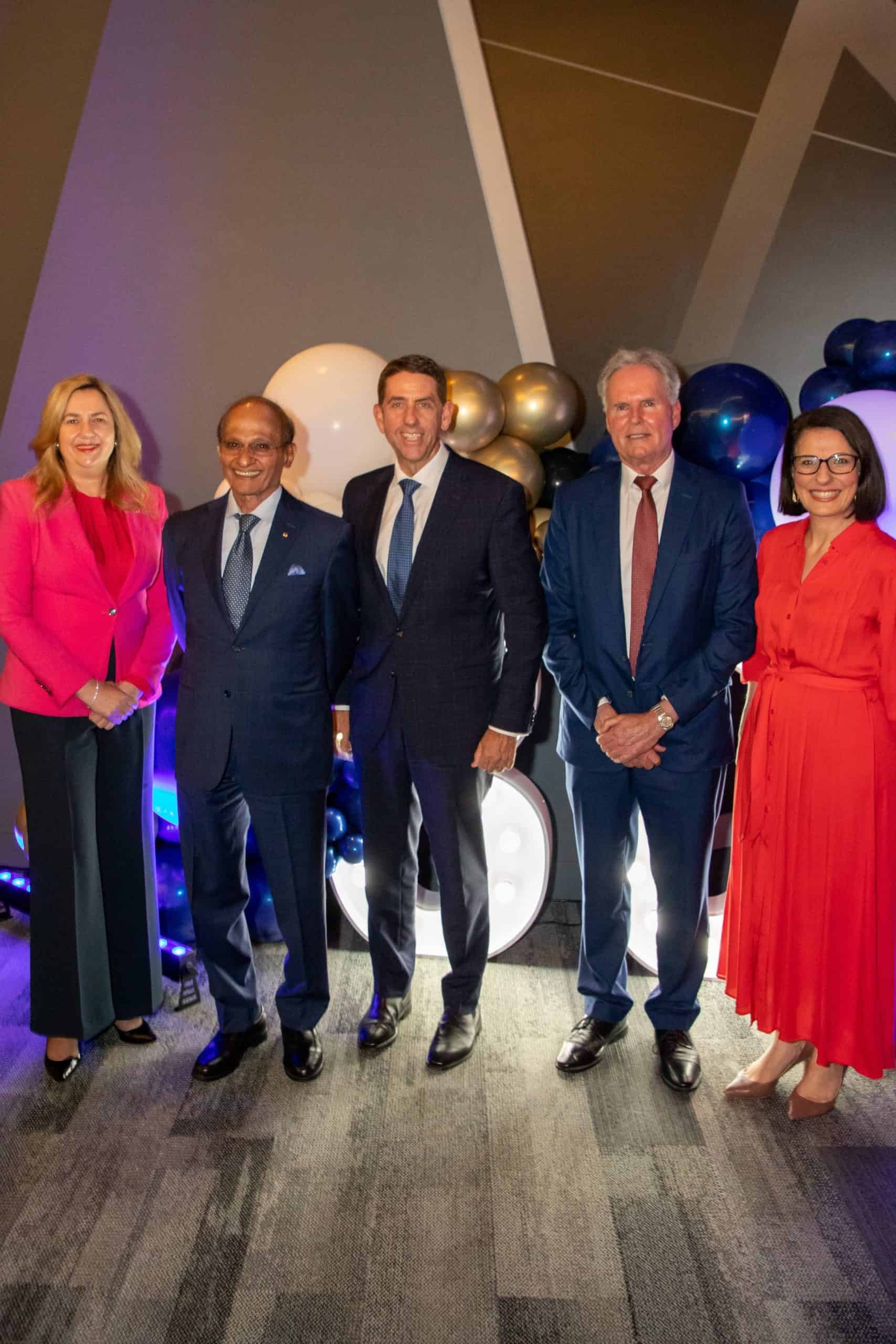
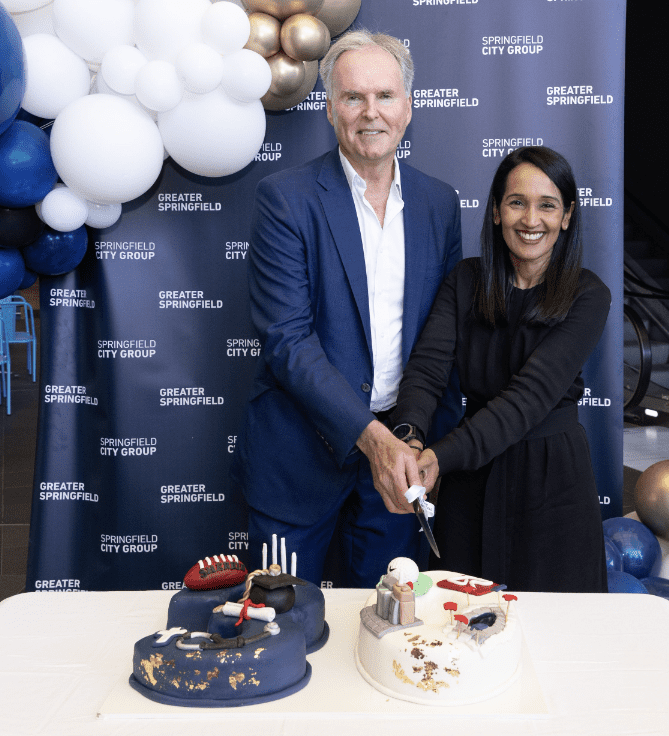
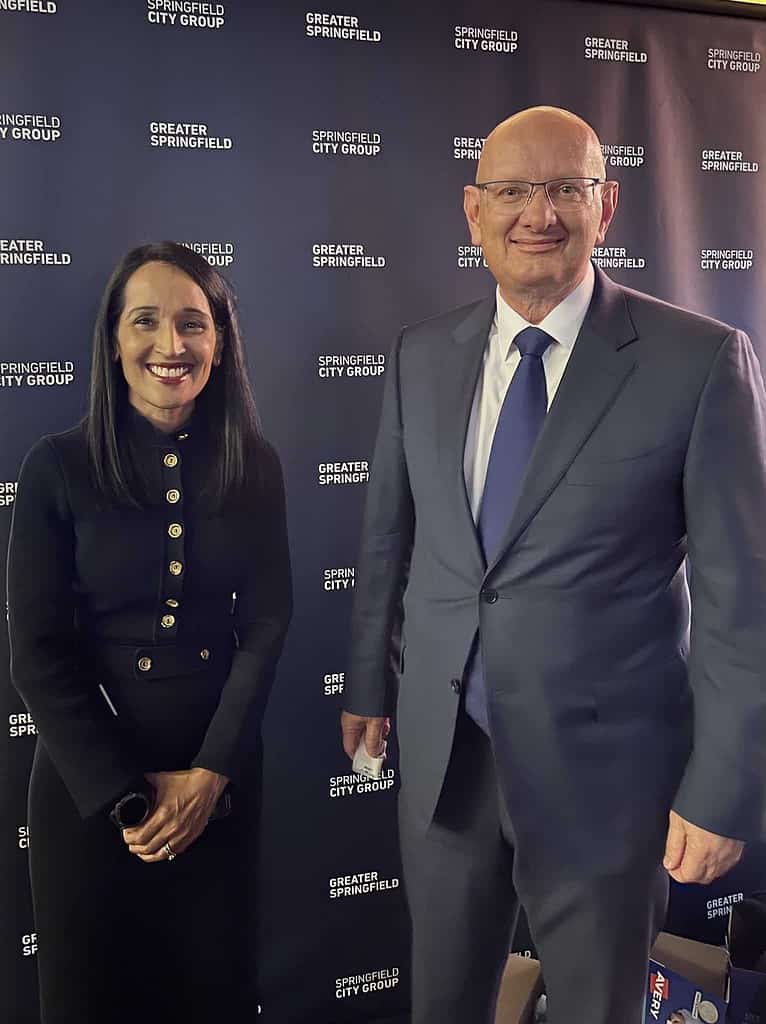
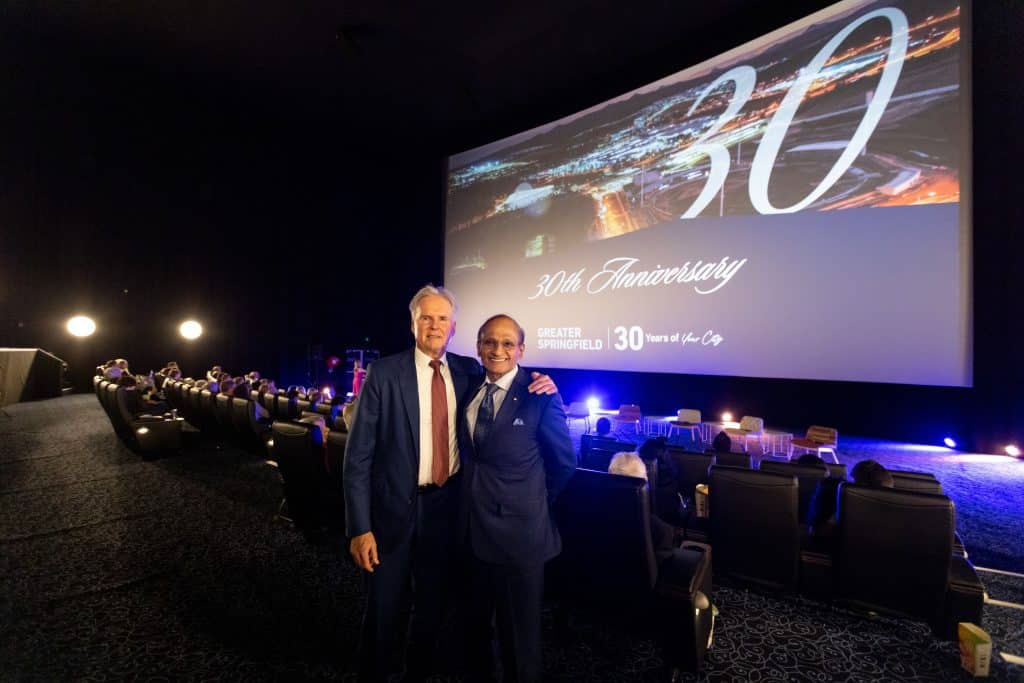
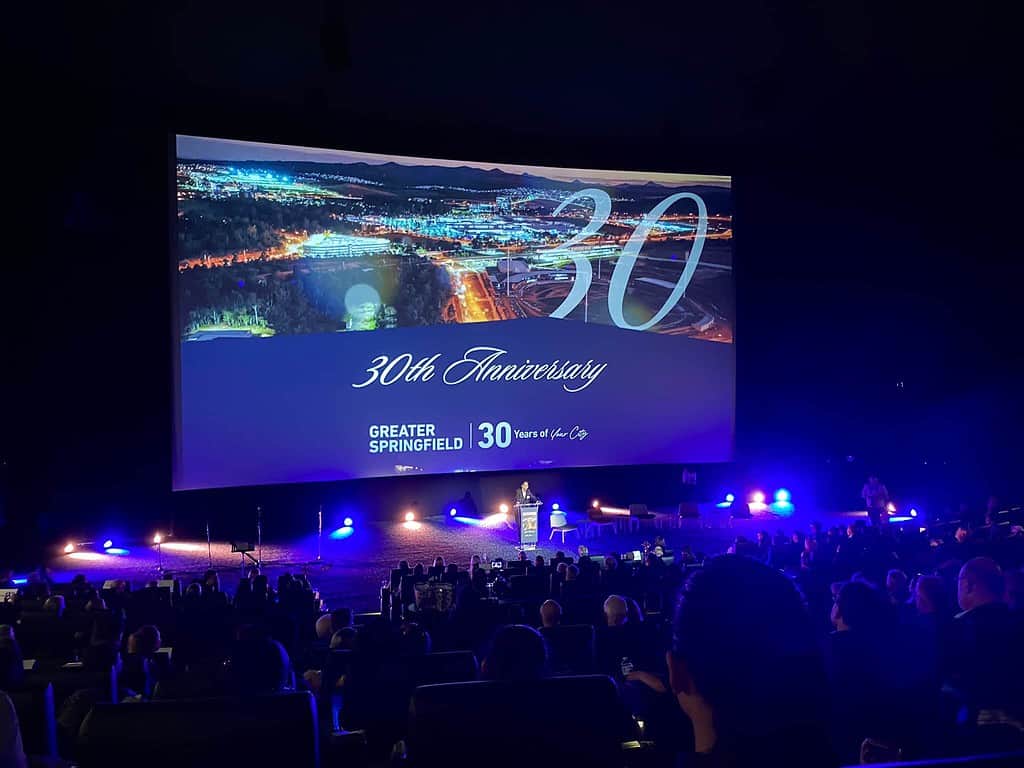
INFRASTRUCTURE
First and foremost, though, establishing and improving upon the city’s infrastructure, like road and rail, is vital to the city’s success.
Mr Sinnathamby said the Centenary Highway extension built in the 1990s was the “original game-changer.”
In the early 2010s, alongside the widening of the motorway, construction began on the new railway line from Darra to Richlands, which was in 2013 extended to what is now Springfield Central station.
Venues for shopping and sports were added to support the arrival of new families in particular. Orion Springfield Central shopping centre opened in 2007 and was expanded in 2016.
In the intervening years, the Robelle Domain parklands opened. With its award-winning design, including an inland water park – Orion Lagoon – an interactive all-abilities playground, a rainforest walk, waterfalls, cycle tracks, and a 5,000-capacity amphitheatre suitable for major cultural and community events, some residents consider it the “jewel” of Springfield.
And opening next month is the brand new Brisbane Lions AFL stadium – the Brighton Homes Arena – a specially built venue to accommodate the Brisbane Lions Women’s team.
Mr Sharpless was the Lions chairperson from 2014 to 2017 – although he said his leadership at the time was not instrumental in the relocation of the Lions to Springfield with its accompanying new state-of-the-art stadium.
Their offices atop the Springfield Tower, in Springfield Central, overlook the ongoing developments.
THE KNOWLEDGE PRECINCT
Springfield City now has 12 schools with plans for 23. There are 19 kindergartens, a university campus, and a TAFE college all within minutes of each other.
“We have a hospital that is on track to become the largest in the country with complementary health services growing around it,” Mr Sinnathamby and Mr Sharpless said.
The Mater Private Hospital will soon be joined by a new public hospital with a much-needed emergency department, intensive care unit, and maternity services.
The Aveo Springfield elderly residential community opened in 2018, and will eventually accommodate over 2,500 people.
Around 600,000 square metres of land is set aside for the Parkside business precinct that includes the 10-storey tower, the GE Headquarters, and the $220 million cutting-edge Polaris Data Centre.
“And we maintain a strong research approach to commercialise innovation in partnership with government and business, focusing on the physical-digital fusion between old and new.
“We want to build brain-power because education is the only currency that you can cash in anywhere in the world. And it’s the only currency that can’t be stolen from the owner.
“An army of people has made this all possible fuelled by the elements vital for any modern nation to reach its potential – belief and the determination to stop not until the goal is reached.”
See also: Food for thought at Chairman’s luncheon
